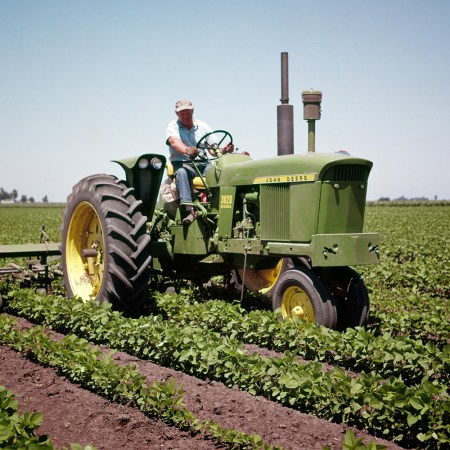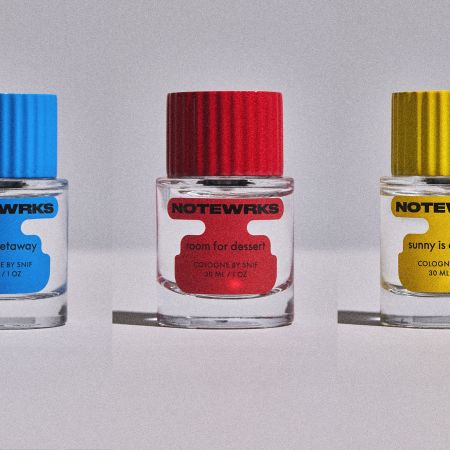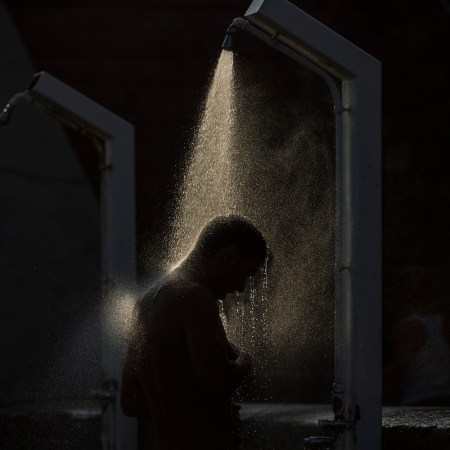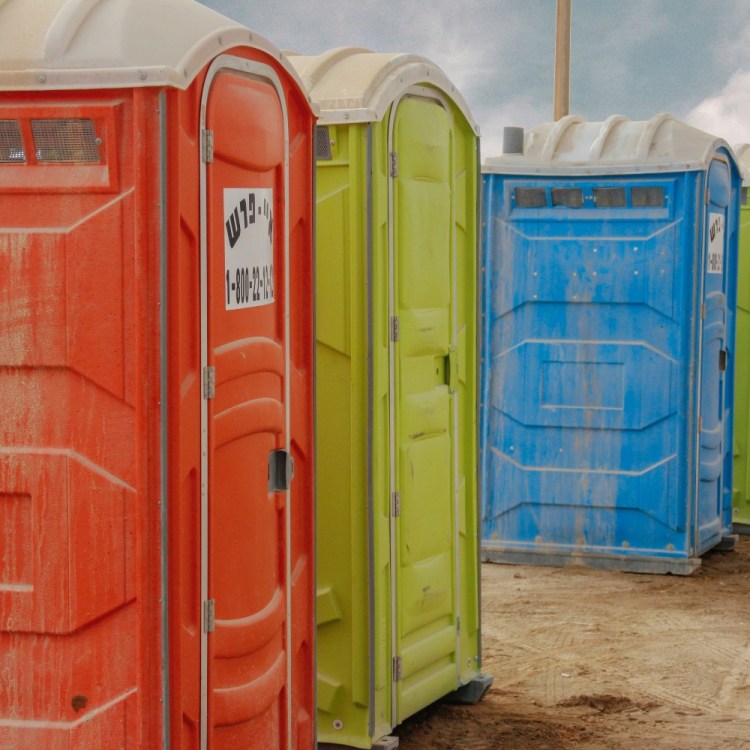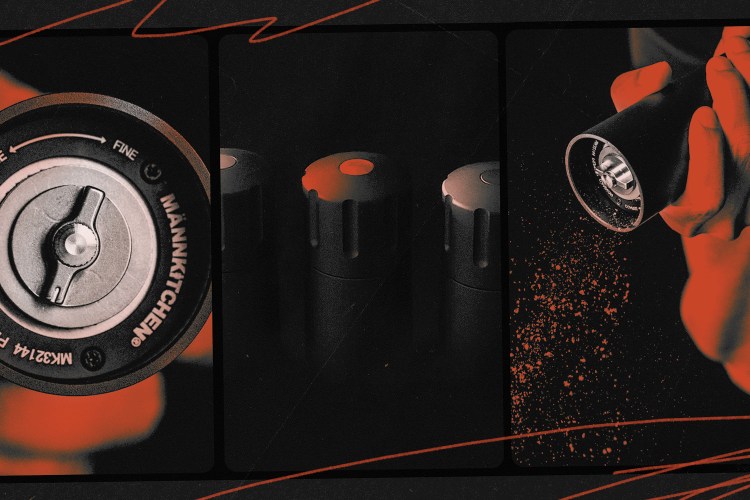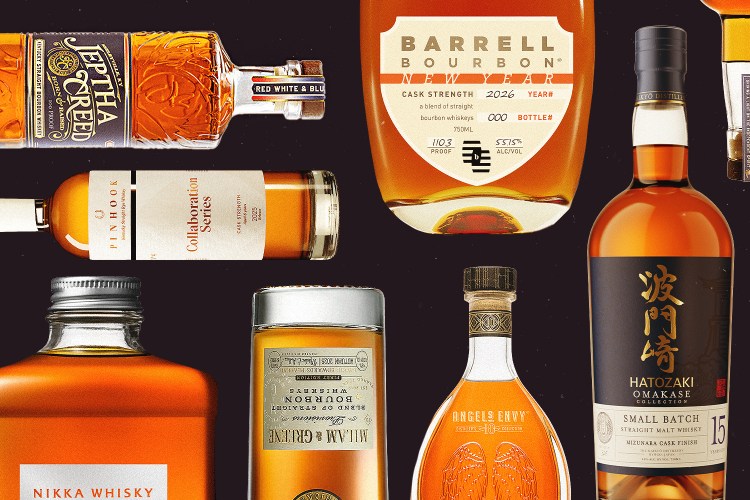If you must adopt a dubious wellness practice this year, I suggest you start eating lion’s mane gummies, booking lymphatic drainage massages or wearing an anti-5G hat. You’ll only hurt your wallet. But please refrain from guzzling raw milk.
The H5N1 avian influenza has officially leapt from wild birds and poultry to cats and cows. The latest strain of this flu, dubbed D1.1 and discovered recently in Nevada, marks the second known spillover into cattle. Disease specialists have stopped far short of anointing the outbreak the next human pandemic — at the moment, there are only 68 confirmed cases in the U.S. and one death. Bird flu can’t yet sustain efficient human-to-human transmission.
But the presence of H5N1 in dairy cows is alarming, signaling that the virus is adapting to mammalian hosts. And the timing couldn’t be worse, as a diverse coalition of Americans is in the midst of a full-blown love affair with raw milk.
Raw Milk Revival
According to market research firm NielsenIQ, weekly sales of raw, unpasteurized milk spiked as much as 65% between 2023 and 2024. Interested parties include libertarians skeptical of FDA oversight, bougie biohackers willing to try anything in their morning smoothie, and modernity-beleaguered adults searching for answers in “yeomanry” and “ancestral living.”
Some, following recommendations from fitness influencers or podcasters, have entered the fray seeking purported health benefits like higher nutrition content, microbiome health and a more resilient immune system. Others feel very strongly that they should be able to do (or drink) whatever they want. Consuming raw milk is a protest in itself.
A Survivor’s Guide to Ultra-Processed Foods
They’re cheap, convenient and wrecking your health. Here’s how to spot them, what they’re doing to your body and the smartest ways to cut back.It’s Complicated
To that last point: I understand that for many raw-milk drinkers, the lack of substantial scientific research backing their dairy choice is immaterial. It’s a question of personal liberty. By definition, I can’t argue with that. But I’ll walk through some key points here, in case you’re someone who is considering drinking raw milk.
For starters, raw milk is indeed associated with robust immune systems. But those robust immune systems have predominantly belonged to young children on homesteads in Switzerland, Austria, Germany and France. There is a well-studied link between “rural exposure in early life” and benefits like a diverse microbiome and a lowered risk of allergies or asthma. This is called the farm effect. Because these same children grew up drinking raw milk, many have tangentially claimed the consumption of raw milk could lead to a stronger immune system.
But it’s a tenuous link. Are alpine farm children deriving their superpowers from raw milk? Or are they stronger on account of mucking around in the mud? Could their farm exposure even better prepare them for the consumption of raw milk? And how important is it that they’re drinking raw milk from alpine cows, who, let’s be honest, have a higher standard of living than most of the planet’s cattle?
Oh, and finally: what on earth does any of this have to do with a 32-year-old Angeleno getting a raw milk smoothie at Erewhon?
While it seems highly unlikely that said Angeleno could derive any of raw milk’s best-case benefits, the science is far clearer on raw milk’s risks. According to the CDC, unpasteurized dairy products are 840 times more likely to lead to infection and illness than their pasteurized counterparts. Raw milk can serve as a vehicle for salmonella, listeria, and E. coli, and those germs could lead to hospitalizations or even death. And, yes, raw milk could contain H5N1, the very virus currently working its way through American dairy cattle.
Your Best Defense
Since early December, the USDA has implemented a more robust national effort to collect samples of unpasteurized milk from dairy herds throughout the country and test them for H5N1.
While there is no evidence that pasteurized milk is unsafe, the same can’t be said for the unpasteurized stuff. So often, raw milk enthusiasts make the vague point that “something is lost in processing,” that heating milk to at least 145°F strips it of its natural nutrients. But in this case, that processing is ensuring your glass of milk won’t include a dangerous influenza virus.
If you’re at all on the fence about this, do yourself a favor and exercise your personal liberty elsewhere. Find your 2025 wellness hack elsewhere. Boost your immune system elsewhere.
The Charge will help you move better, think clearer and stay in the game longer. Subscribe to our wellness newsletter today.







